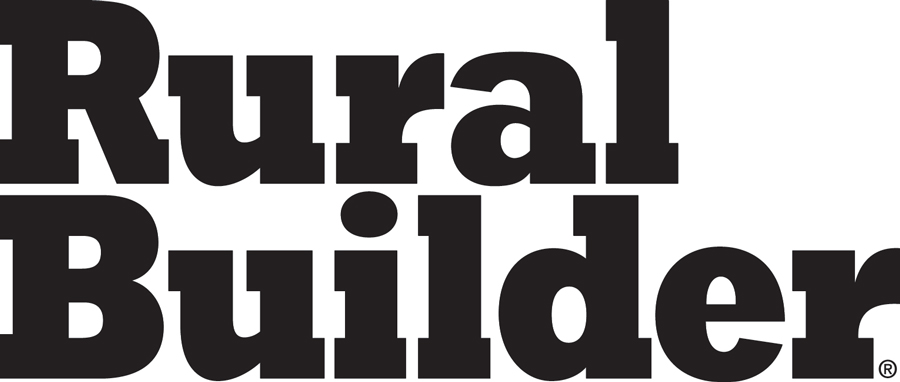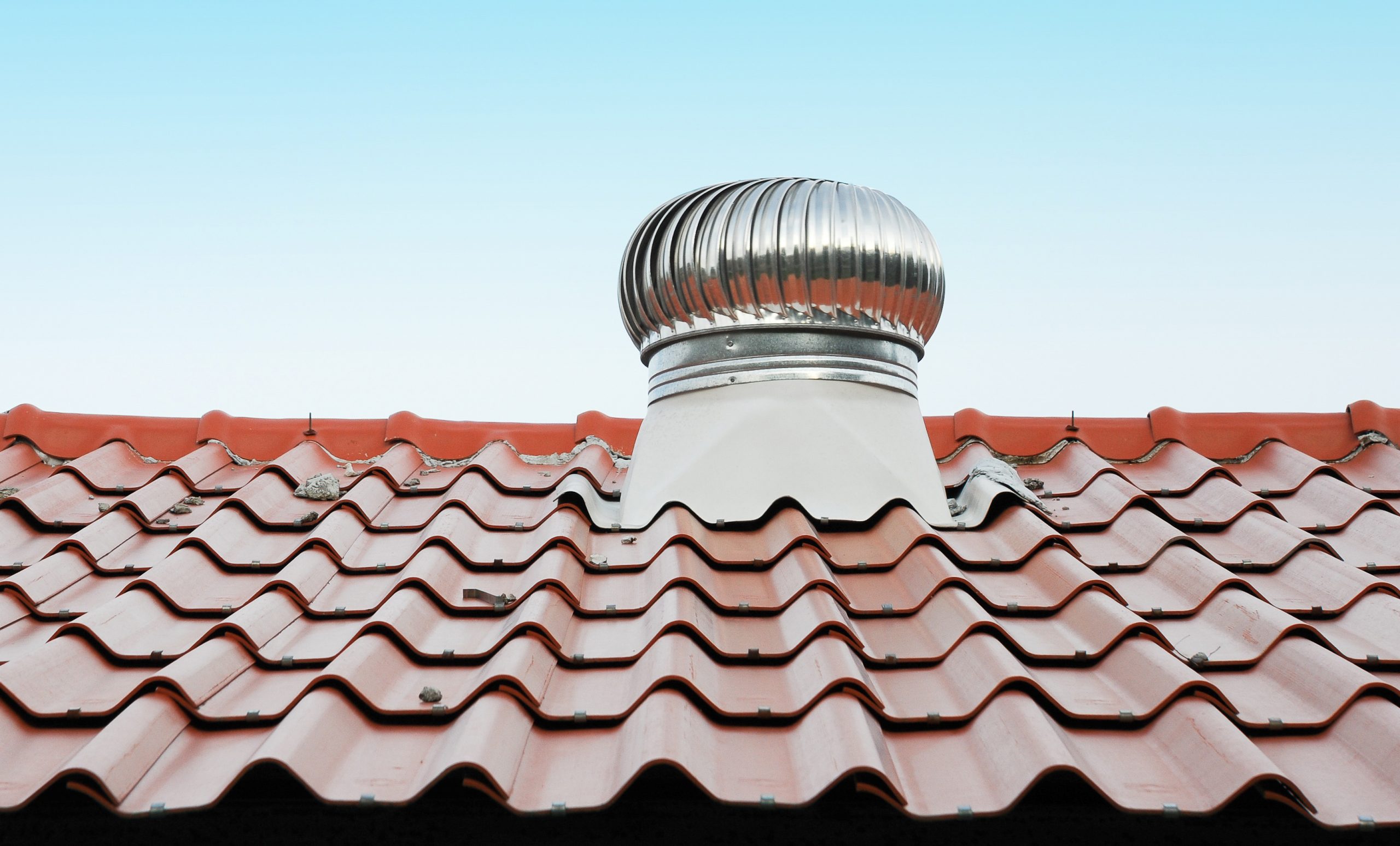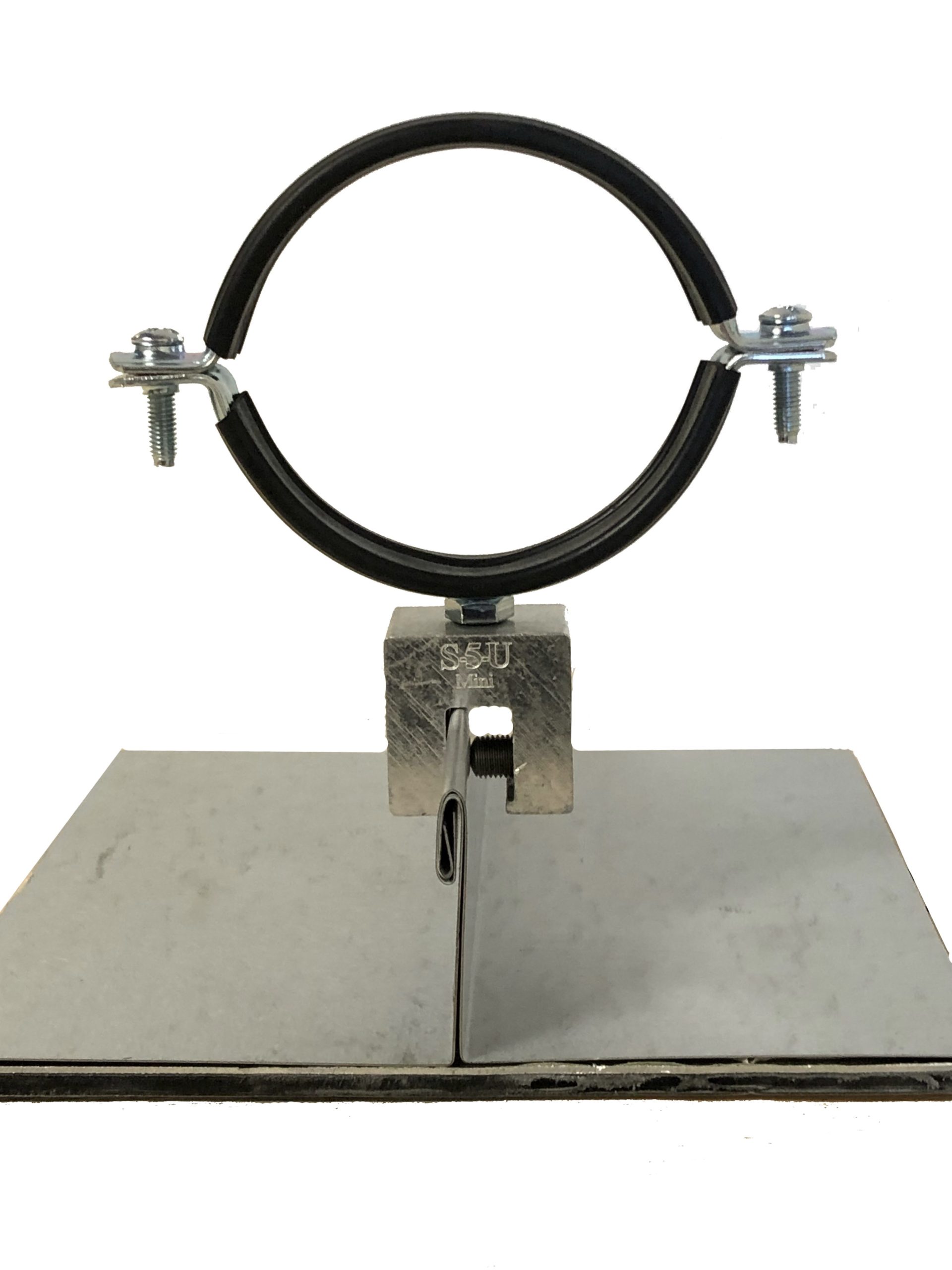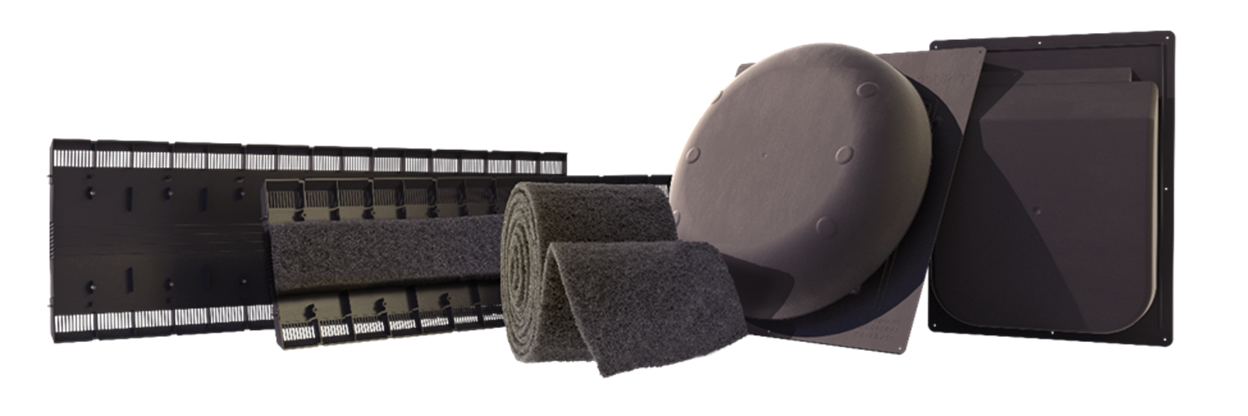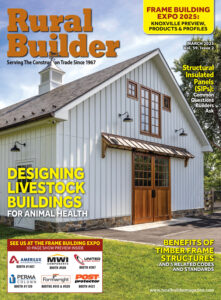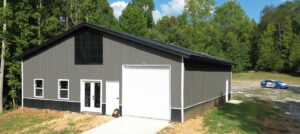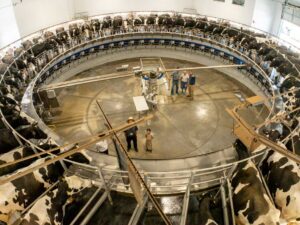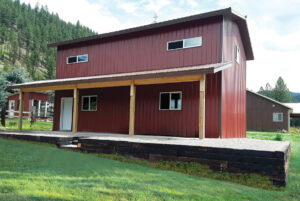The importance of insulating buildings correctly can’t be overstated, given high energy costs and the stringent building codes that regulate insulation. A key element in completing an insulation job properly is understanding R-values and how they relate to aspects such as U-factors, building codes, energy codes, climate zones, building envelope components, insulation types, proper installation techniques, thermal bridging, air infiltration, and documentation and verification of code adherence.
The Relationship Between R-Values and U-Factors
R-values are a measure of resistance of heat flow and are used to indicate the effectiveness of individual insulation products. U-factors, on the other hand, are more general in that they measure the overall heat transfer through entire building component assemblies, including windows, doors, skylights, and structural elements. David Tomchak, Director of Marketing for Bay Insulation Systems (bayinsulation.com), summarized it this way: “R-value relates to specific insulation products while U-factor relates to insulation assemblies.”
R-values are generally more familiar and better understood, in part because they’re more intuitive. That’s because their ratings correlate more logically with their performance. R-value ratings increase as insulation effectiveness increases, whereas U-factor can be confusing because rating numbers decrease as the insulation performance of the building component assemblies increase. This means R-values are better than U-factors for marketing purposes.
According to GreenBuildingAdvisor’s web article “Understanding R-Value,” prior to 1945, the insulation industry relied on U-factors but eventually replaced them with R-values to boost sales. The article states that “because many people assume that high numbers on a scale are ‘better’ than sparse numbers, insulation manufacturers found it hard to market insulation by bragging about low U-factors. So the R-value — which is simply the inverse of U-factor — was proposed by Everett Shuman, the director of Penn State’s Building Research Institute. Since R = 1/U, the higher the R-value, the better the insulation” (greenbuildingadvisor.com/article/understanding-r-value).”
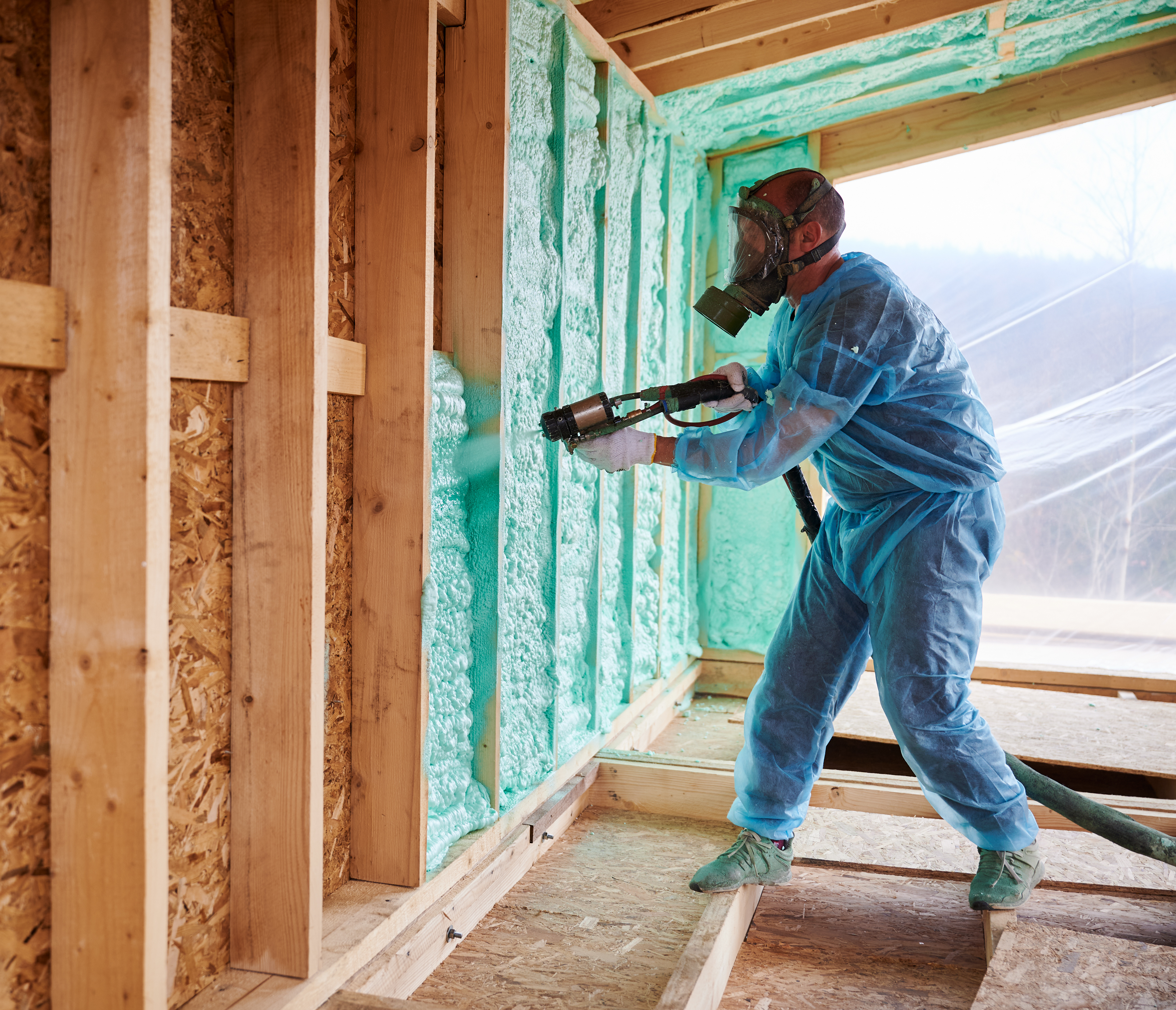
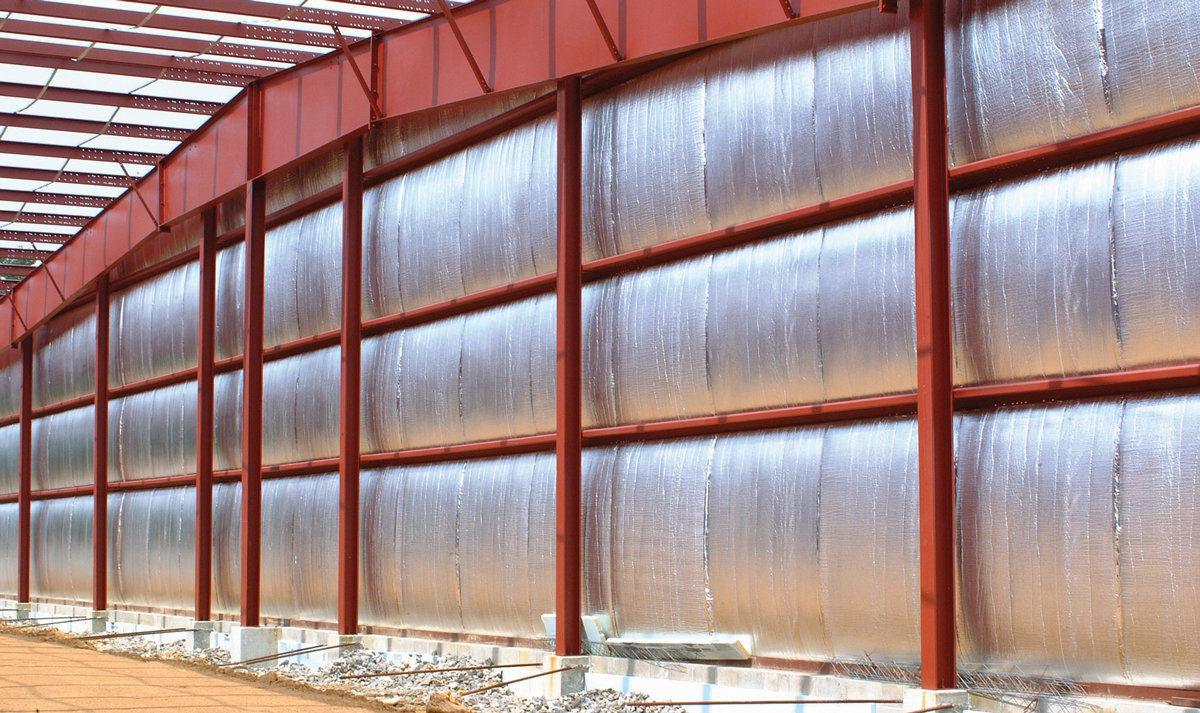
Thermal insulation, such as fiberglass batting, reduces heat transfer primarily through conduction and convection, whereas reflective insulation (as shown), reduces heat transfer by reflecting radiant heat. Reflective Insulation Manufacturers association international (RIMA-1)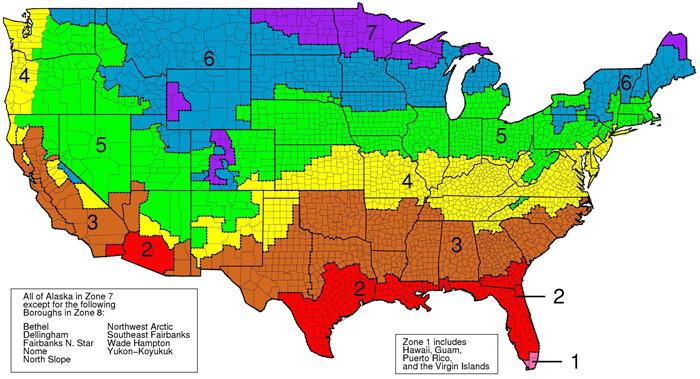
Energy Star Recommended Insulation Map
United States Environmental Protection Agency – Energy Star, Public domain, via Wikimedia Commons
As previously mentioned, R-values only measure insulation materials of individual components and not entire structural assemblies, which include areas with less insulation, such as windows, doors, skylights, and service openings for wires and pipes, etc. R-values also don’t account for thermal bridging. Thermal bridging occurs when components such as wood 2”x4” wall studs create a break in interior insulation. The break allows the wood, which has a much lower R-value than the insulation around it, to conduct heat between the interior and exterior of the building. A similar effect takes place with air infiltration, caused by any openings in the building envelope, such as gaps in insulation around conduits or other materials passing through exterior walls.
The limited scope of R-values mean that they don’t provide an overall measure of a structure’s insulation. Even if maximum insulation is used and it’s installed perfectly, the areas that aren’t covered by insulation can still leak a tremendous amount of heat, much like leaving a car window open while the heater is on. That’s why U-factors are also important. They measure the effectiveness of a building’s insulation system as a whole.
Factors Affecting Insulation
• Climate Zones
The IRC and IECC use a map of the U.S. designating eight zones with R-value requirements. Colder climates require higher R-values, while warmer climates require lower R-values.
• Energy Codes and Green Building Programs
ASHRAE, the American Society of Heating, Refrigerating, and Air-Conditioning Engineers — a private, non-government organization — publishes energy standards for buildings that aren’t mandatory on their own, but have been adopted as code by some state and local governments. Energy Star or Leadership in Energy and Environmental Design (LEED) certification programs sometimes recommend or require higher-than-minimum R-values.
“Typically, to determine what insulation is required,” Tomchak explained, “the factors you need to consider are climate zone and what the local and/or state municipalities have adopted as code, including the year. Most locales use either the ASHRAE 90.1 Standard or the IECC. However, the locale will state the year of the code or standard they’ve adopted. Both ASHRAE 90.1 and the IECC publish a new standard every three years. However, they don’t do it concurrently or communicate directly with each other. They are two different bodies. Therefore, it is important to understand what may have changed from IECC 2012 to IECC 2015 to IECC 2018 to IECC 2021 to IECC 2024; or from ASHRAE 90.1-2013 to ASHRAE 90.1-2016 to ASHRAE 90.1-2019 to ASHRAE 90.1-2022, etc.”
• Building Envelope Components
Building codes not only vary by climate zone but also for various parts of the building envelope, such as attics, exterior walls, ceilings, floors, basements, and crawl spaces. For example, a floor in Climate Zone 1 might require R13, while the same floor in Climate Zone 7 and 8 might require R38.
• Insulation Types and Installation
“To understand your insulation needs,” Tomchak said, “you’ll need to know what you’re insulating, the climate zone, and the code or standard adopted by the local jurisdictions. From there, the code or standard adopted will specify what U-factor you’ll need to comply with. From there, the code or standard will provide a list of ‘acceptable’ types of insulation assemblies with various combinations of R-values, etc.”
There are two main types of insulation: thermal and reflective. Both reduce heat transfer, but in different ways. Thermal insulation, such as fiberglass batting, reduces heat transfer primarily through conduction and convection, whereas reflective insulation reduces heat transfer by reflecting radiant heat.
David Yarbrough at R&D Services, Inc., a consultant for Reflective Insulation Manufacturers Association International (RIMA-I), explained: “Reflective insulations (RIs) and assemblies have thermal resistance (R-values) like all insulation products used in buildings. Reflective insulation performance is based on a significant reduction in heat transfer by thermal radiation (one of the three modes of heat transfer). The important physical properties for RIs are low emittance (low emittance means a surface gives off very little heat) and high reflectance (high reflectance means a surface rejects incoming heat). RIs are installed in enclosed regions to form one or more enclosed reflective air spaces.”
The type of insulation affects the method of installation, as its effectiveness and susceptibility to compromise or failure is affected by the specific material and its characteristics. For example, spray foam is applied as a thick liquid that’s resistant to compression after it dries to a solid. But it must be applied at a consistent predetermined thickness to meet code. Fiberglass, on the other hand, is manufactured with a consistent thickness, but is soft and pliable, making it susceptible to compression, which reduces its effectiveness. Both spray foam and fiberglass are susceptible to gaps in installation, which could prevent them from meeting code.
Documentation and Verification
Tomchak said, “Most reputable insulation suppliers and manufacturers will have a third-party laboratory mark on its product label that certifies the R-value. As an example, for fiberglass insulation, one of the most commonly seen marks is Home Innovation Research Labs’ (homeinnovation.com/services/certification).”
Tomchak elaborated on the requirements for documentation and verification with this excerpt from IECC, Chapter 3, Section C303:
C303.1.1 Building thermal envelope insulation
An R-value identification mark shall be applied by the manufacturer to each piece of building thermal envelope insulation 12 inches (305mm) or greater in width. Alternatively, the insulation installers shall provide a certification listing the type, manufacturer and R-value of insulation installed in each element of the building thermal envelope. For blown-in or sprayed fiberglass and cellulose insulation, the initial installed thickness, settled thickness, settled R-value, installed density, coverage area and number of bags installed shall be listed on the certification. For sprayed polyurethane foam (SPF) insulation, the installed thickness of the areas covered and R-value of installed thickness shall be listed on the certification. For insulated siding, the R-value shall be labeled on the product’s package and shall be listed on the certification. The insulation installer shall sign, date and post the certification in a conspicuous location on the job site.
Conclusion
Insulation building and energy codes, driven by financial, political, and environmental pressures, are becoming more stringent by the year. But as Tomchak pointed out, not all new energy codes are universally authoritative. “Just because new energy codes are established, it doesn’t automatically mean that they must be followed,” he said. “It is the local and state jurisdictions that decide what to adopt, being code or standard, and applicable date of that code or standard.” Builders need to remain up to date with changes in insulation materials and their local and state codes to stay compliant and competitive in their business. RB
